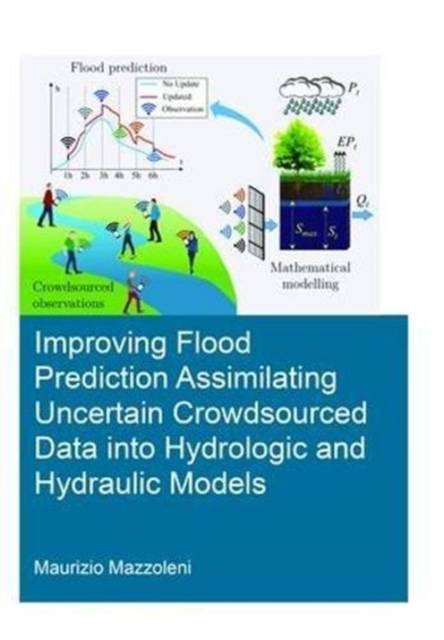
- Afhalen na 1 uur in een winkel met voorraad
- Gratis thuislevering in België vanaf € 30
- Ruim aanbod met 7 miljoen producten
- Afhalen na 1 uur in een winkel met voorraad
- Gratis thuislevering in België vanaf € 30
- Ruim aanbod met 7 miljoen producten
Zoeken
Improving Flood Prediction Assimilating Uncertain Crowdsourced Data Into Hydrologic and Hydraulic Models
Maurizio Mazzoleni
€ 256,95
+ 513 punten
Uitvoering
Omschrijving
On a global scale, sewage represents the main point-source of water pollution and is also the predominant source of nitrogen contamination in urban regions. The present research is focused on the study of the main challenges that need to be addressed in order to achieve a successful inorganic nitrogen post-treatment of anaerobic effluents in the mainstream. The post-treatment is based on autotrophic nitrogen removal. The challenges are classified in terms of operational features and system configuration, namely: (i) the short-term effects of organic carbon source, the COD/N ratio and the temperature on the autotrophic nitrogen removal; the results from this study confirms that the Anammox activity is strongly influenced by temperature, in spite of the COD source and COD/N ratios applied. (ii) The long-term performance of the Anammox process under low nitrogen sludge loading rate (NSLR) and moderate to low temperatures; it demonstrates that NSLR affects nitrogen removal efficiency, granular size and biomass concentration of the bioreactor. (iii) The Anammox cultivation in a closed sponge-bed trickling filter (CSTF) and (iv) the autotrophic nitrogen removal over nitrite in a sponge-bed trickling filter (STF). Both types of Anammox sponge-bed trickling filters offer a plane technology with good nitrogen removal efficiency.
Specificaties
Betrokkenen
- Auteur(s):
- Uitgeverij:
Inhoud
- Aantal bladzijden:
- 240
- Taal:
- Engels
- Reeks:
Eigenschappen
- Productcode (EAN):
- 9781138474420
- Verschijningsdatum:
- 9/10/2017
- Uitvoering:
- Hardcover
- Formaat:
- Genaaid
- Afmetingen:
- 170 mm x 240 mm
- Gewicht:
- 452 g

Alleen bij Standaard Boekhandel
+ 513 punten op je klantenkaart van Standaard Boekhandel
Beoordelingen
We publiceren alleen reviews die voldoen aan de voorwaarden voor reviews. Bekijk onze voorwaarden voor reviews.












